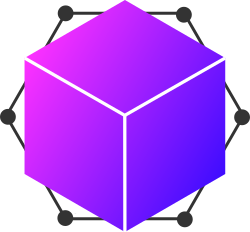The toolkit is in its infancy and for it to be a success we need people to help us create and share content. We are always looking for people keen on contributing. The contribution process is a three step process:
- Content is added to our repository on GitHub or it is sent to us directly via email to [email protected].
- The content is verified by the community or by the OAD Data Science Working Group. You can either create a pull request, or we can create one for you if you are not familiar with using GitHub.
- Once the content is on GitHub somebody from the OAD Data Science Working Group will add the new entry to our database so that it is available on the toolkit search page.
Below are a list of ways to contribute. These are meant to be taken as suggestions.
If you have ever taught astronomy using data science techniques or you are a data scientist who has used astronomy examples to teach data science, please consider sharing your teaching materials. You can either directly contribute to GitHub or send us the materials directly via email to [email protected].
Few Astronomy summer schools and extra-curricular programmes use any form of assessment. This deprives students of the opportunity to both experience and demonstrate their achievements; and doesn't allow the ability to show others that they achieved what they intended. The toolkit strives towards providing high quality pre- and post-assessments. Please share any assessments you have with us.
In our attempt at making the toolkit accessible to as many people as possible, we have decided to support multiple languages. To translate the website itself, fork the website repository and change the text to the language you wish to translate too. More on how to do translations here.
This website has been created using a lot of different tools: HTML5, CSS3, PHP, MySQL, AJAX, jQuery, Shell, JavaScript and Python. If you have experience in any of these tools or perhaps would like to improve the content on this website please help contribute. The files for the entire website can be found here. Current suggestions / issues can be found here.
It's required if you want to submit content to the toolkit which is hosted on GitHub. Get an account here.
To use Git on the command line, you'll need to download, install, and configure Git on your computer.
On Ubuntu
sudo apt-get install gitThere is also a GUI interface known as the Desktop version which is available for Windows and for Mac OSX.
If you have previously forked the repository, but it is now 'out of date' you may wish to bring your fork up to date with the main repository. You can find instructions on how to sync a fork here.
Download all the latest changes to your local repository
git pullOnce you have made changes locally you can get an overview of the files you've alterned (relative to your online repository) by typing:
git statusRed coloured files means they have not been added. Green means they have.
To push a file to your repository clone on github type in any directory (within the OAD-Data-Science-Toolkit folder):
git add [name_of_file]You then have to commit it (basically prepare it to be uploaded) by adding a comment describing what you did:
git commit -m 'I removed the bug causing...'Finally push it to your online clone of the repository by typing:
git pushIf you are hoping to contribute back to the original repository, you can send a request to the original author to pull your fork into their repository by submitting a pull request.
Once the content is on github, sombody from the OAD Data Science Working Group will add the content to the website making it searchable. See here for more info.
